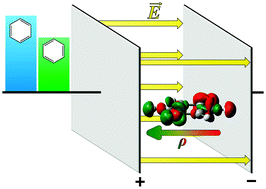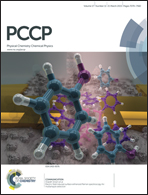Revisiting Lewis dot structure weightings: a pair density perspective
Abstract
A method based on a real space partitioning to measure the importance of Lewis structures is proposed in this work. A matrix containing diverse QTAIM atomic and diatomic properties endowed with significance within a Lewis structure framework is expanded in terms of what we call Lewis-structure matrices. Each of these matrices flawlessly describes an individual resonance structure and its associated linear expansion coefficient (Q-ALE coefficient) indicates the importance or convenience of the given Lewis structure. These coefficients were inspected looking at their evolution in a series of usual chemical issues. Among all the results, we find of interest that σ resonance structures in systems with π electrons are more important than normally expected, which justifies why the qualitative predictions arising from the application of the resonance model and the quantitative results based on QTAIM properties are sometimes discrepant. Likewise, we observe that the variation of the dielectric constant of the medium affects the π resonance to a greater extent than it does the σ one. Other interesting results in this manuscript are connected to homolytic dissociation of diatomic molecules, periodic trends in hydrogen compounds, and polarization of aromatic systems as a consequence of their interaction with electric fields and with diverse ions.


 Please wait while we load your content...
Please wait while we load your content...